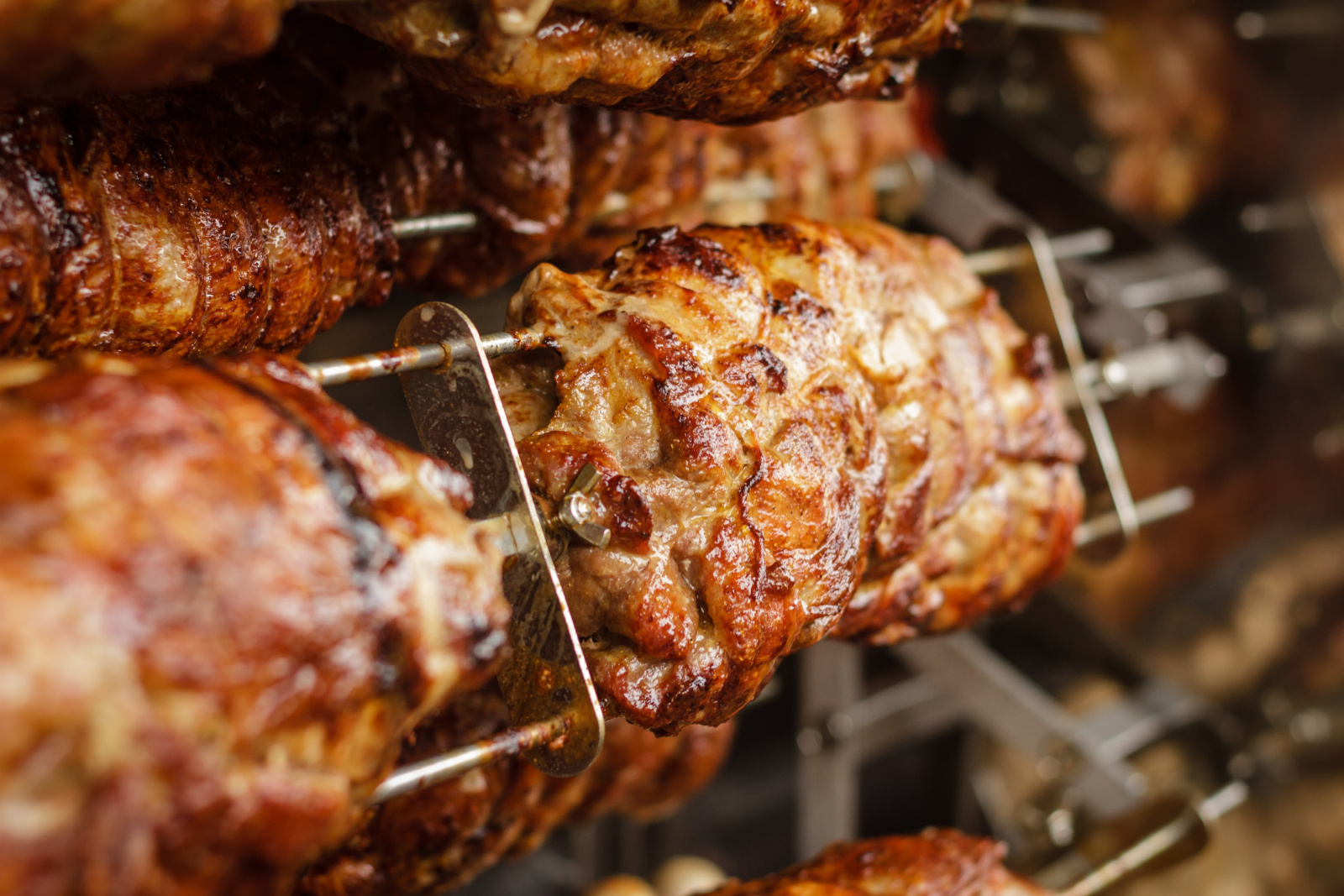top of mind news
- Subway Hops On The Plant-based Bandwagon
- Plant-based Options Gain Popularity In Hotels
- Simple Ways to Enhance Your Guest Experience
- Practical Tips to Keep a Restaurant Neat, Clean and Hygienic
- Where’s the beef? Consumers demand high-end cuts and menu transparency
the farm
Poultry
For the week ending July 27th, weekly young chicken harvests continued to run over a year ago, taking the six-week harvest more than 3% over last year. Heavier birds continue to add pounds to total chicken production, which caused output to be 5.3% better than last year. Despite elevated chicken production, pricing on the wings and dark meat segments have remained firm. Yet, look for wing prices to fade some in the near term, but solid demand should keep prices over a year ago throughout the fall. Similarly, dark meat demand is expected to stay robust, and prices on thigh meat and leg quarters are likely to remain elevated. That said, seasonal price drops are still projected.
Beef
Last week, beef packers took a step back from earlier big production schedules, notching just 502.7 million pounds of beef for the week, which was 4% below the week prior and 1.3% below a year ago. Beef prices have been firmer in response, with the middle meats garnering most of the strength. There may still be another week or two of higher beef prices as buying for Labor Day ends, but lower prices are expected in late September. Retail feature activity continues to support the grinds, but ground beef prices generally fade during the late summer and fall. Still, demand remains robust, keeping prices over a year ago.
Pork
Sharply higher hog carcass weights have eased back recently, and pork output has fallen modestly. Last week, production came in at 494.3 million pounds, 0.7% below the week prior but was still 1.9% larger than last year. Despite larger year-over-year production schedules, wholesale prices continue to rise, with the hams and bellies making the largest moves. Additionally, 42% pork trim prices have skyrocketed, with last week’s price being over beef 50’s for the first time since last fall. But, prices on the fat pork trim should decline into late August.
The Sea
Seafood
The salmon markets are tracking below year ago levels due in part to continued strong imports. During June, U.S. total salmon imports were 7.4% bigger than the previous year, with Atlantic salmon filet imports higher by 3.9%. A strong value of the U.S. dollar should encourage salmon exports to the U.S. However, world salmon output could be tempered in the coming months. This may underpin the salmon markets throughout the fall.
The Garden
Produce
The avocado markets have been on the decline as of late with the average 48 count Hass price falling 28% during the last month. The avocado markets are still well above year ago levels. Imports from Mexico have improved in recent weeks with trade last week 53% better than the same week last year. However, North American supplies are expected to tighten in the coming weeks due in a large part to seasonally declining output from California. This could be supportive of the avocado markets. Tomato prices could be erratic this month.
The kitchen sink
Dairy
Spot butter prices moved modestly higher since last week. June butter imports were 3.4% more than last year and were a record for the month. June butter exports were 40% lower year-over-year and were the smallest for the month since 2016. Butter demand is solid, but prices usually peak for the year in early September. Cheese block prices hit the highest level since November 2016. U.S. June cheese exports were 12.5% less than 2018. Weak cheese exports going forward are likely with lower global cheese prices in place. Cheese prices tend to top for the year in late-August.
Grains

As of August 4th, just 57% of the corn crop and 54% of the soybean crop in the U.S. were rated in either good or excellent condition. These are the worst ratings for the crops for the first week of August in seven years. The corn and soybean markets are anticipated to remain volatile during the next several months.
Oil
Nearby WTI crude oil futures declined notably since last week. Economic growth concerns, especially for China, have risen due in part to the erratic trade negotiations happening globally. It looks like WTI crude oil futures may hit $50/bbl.












